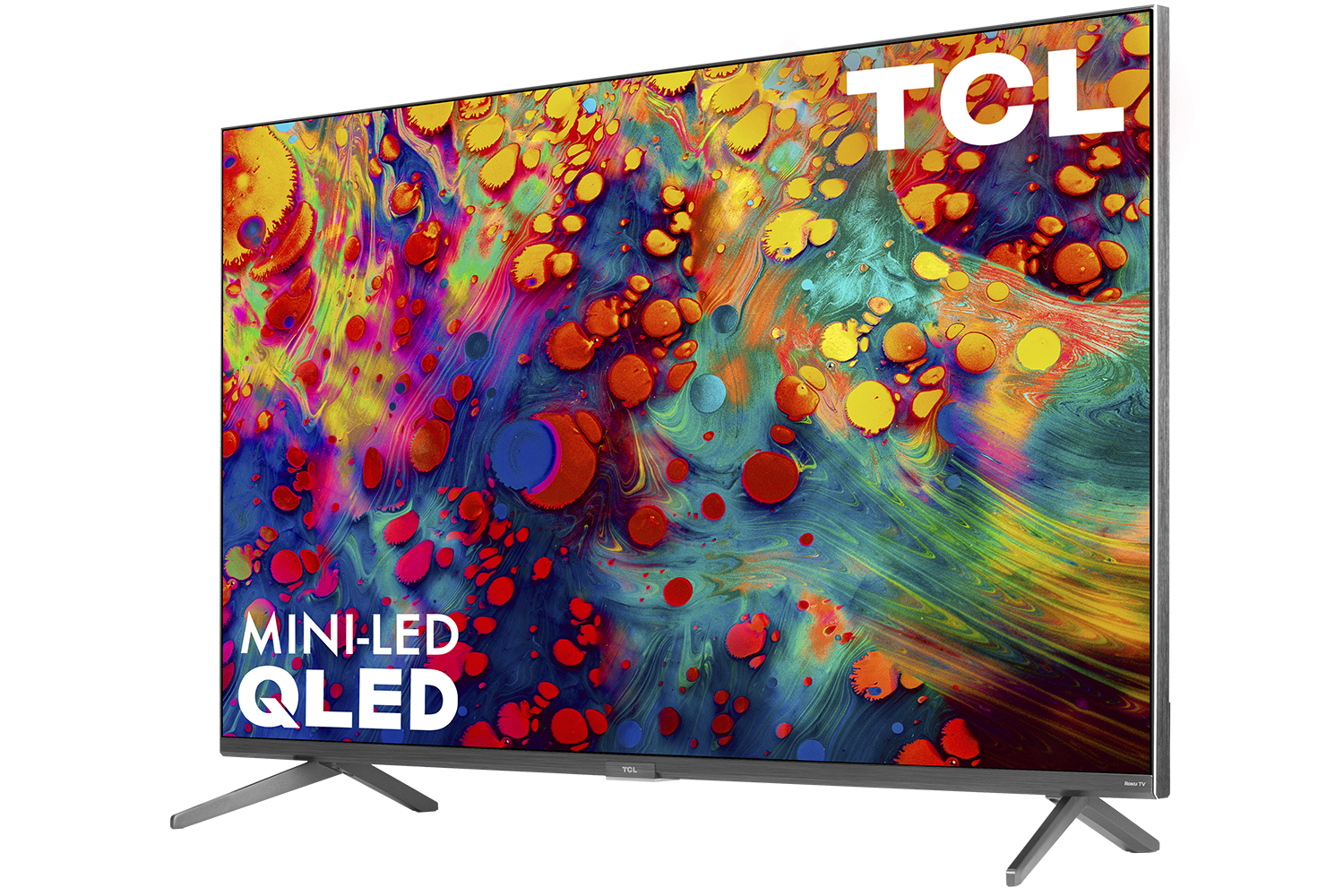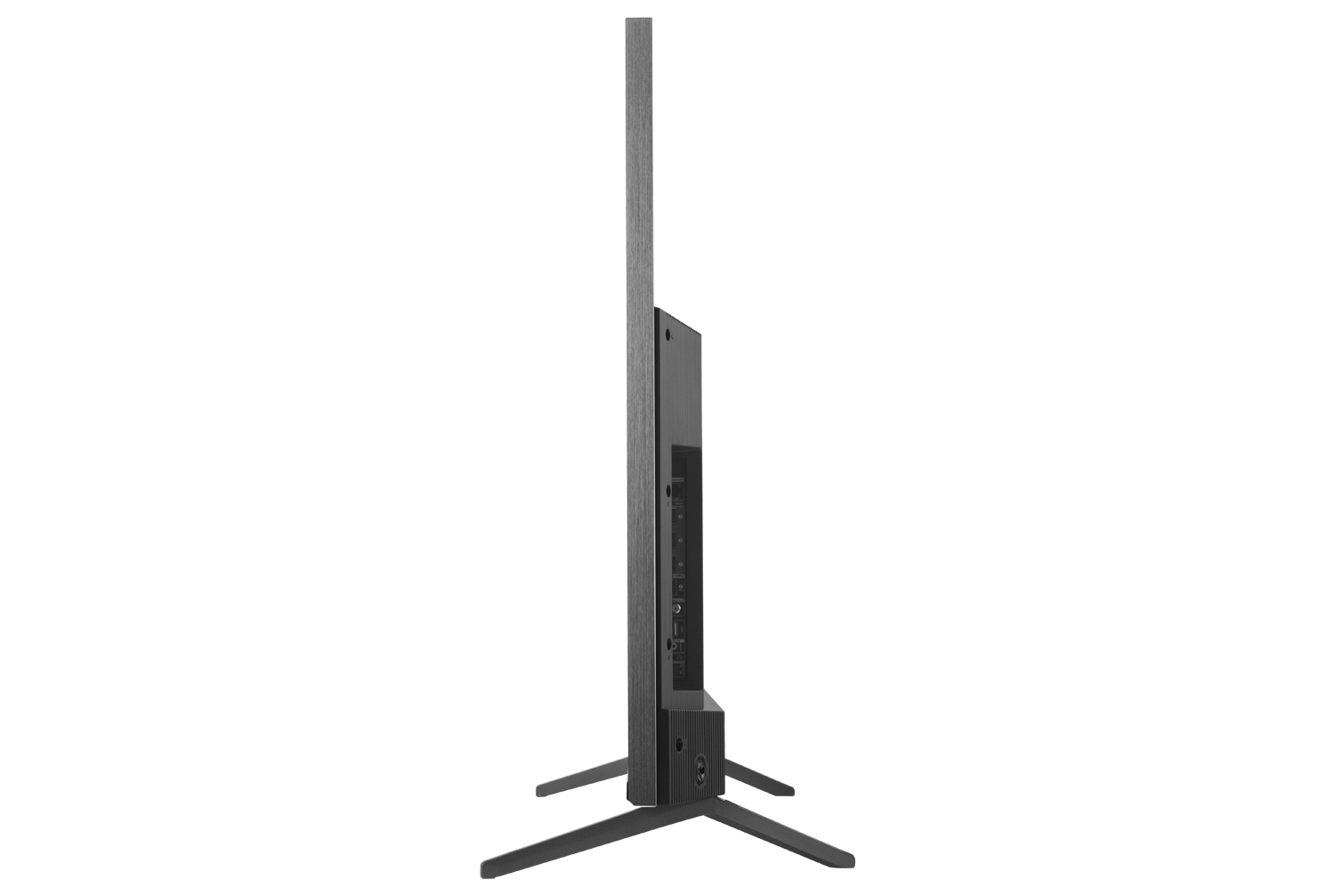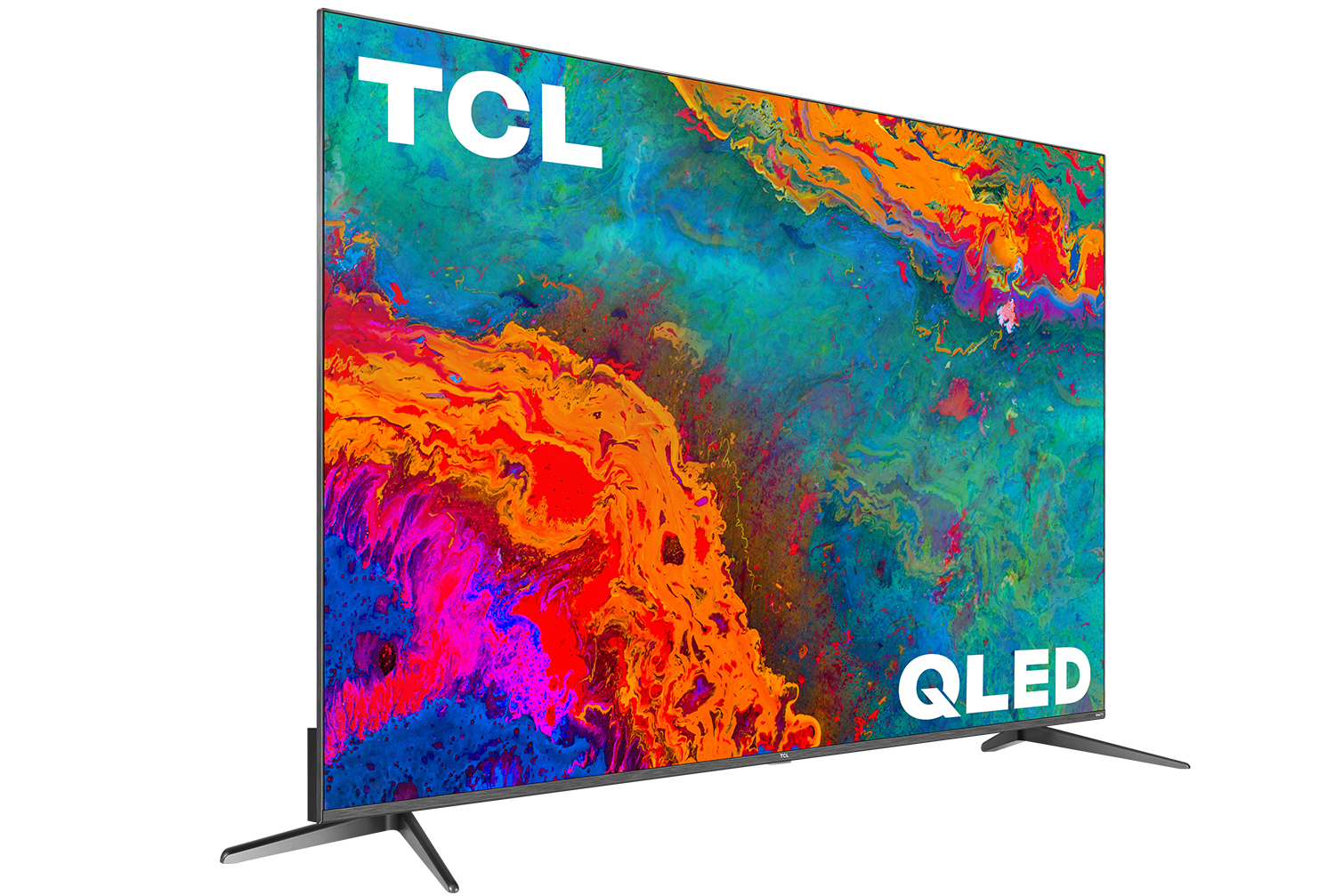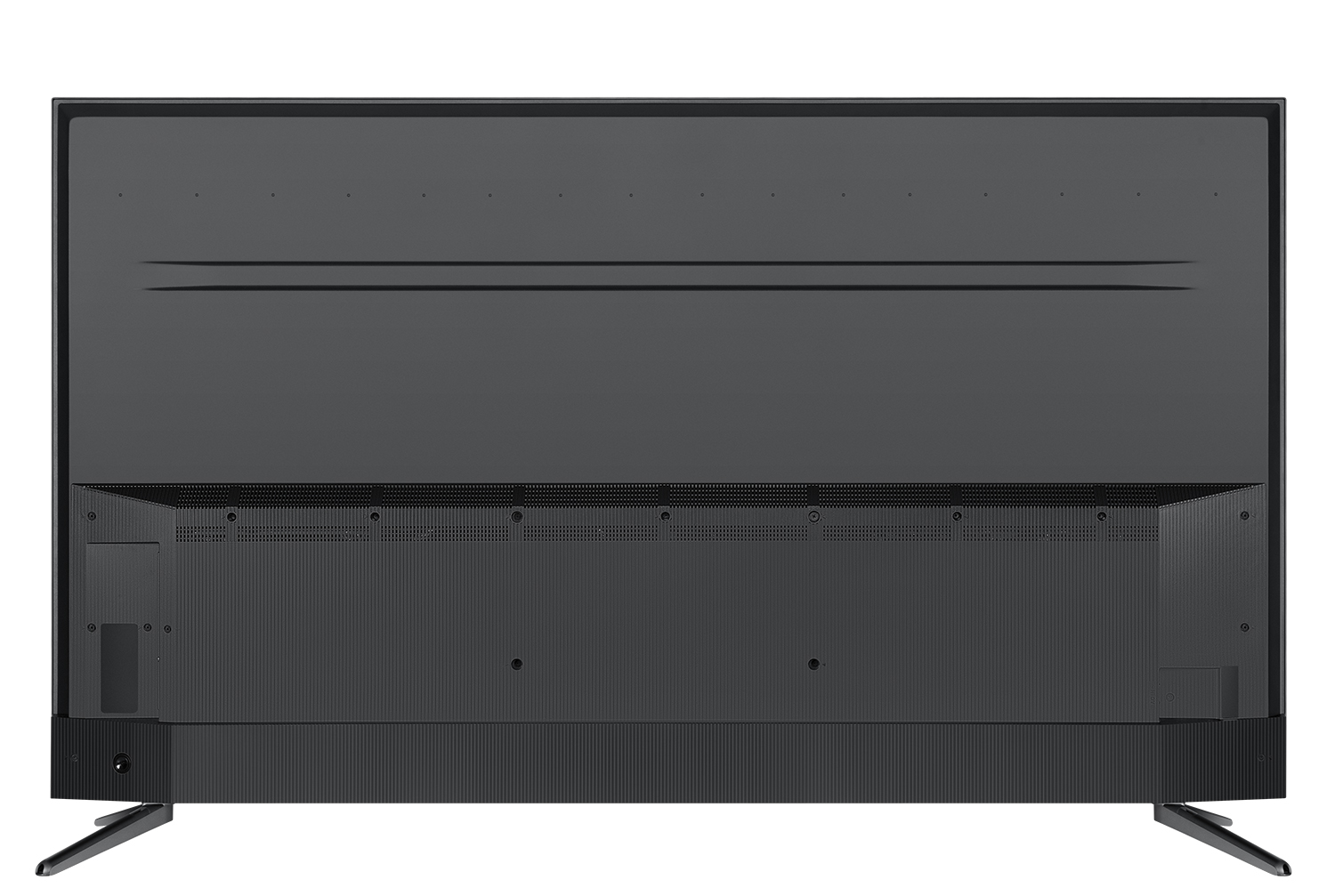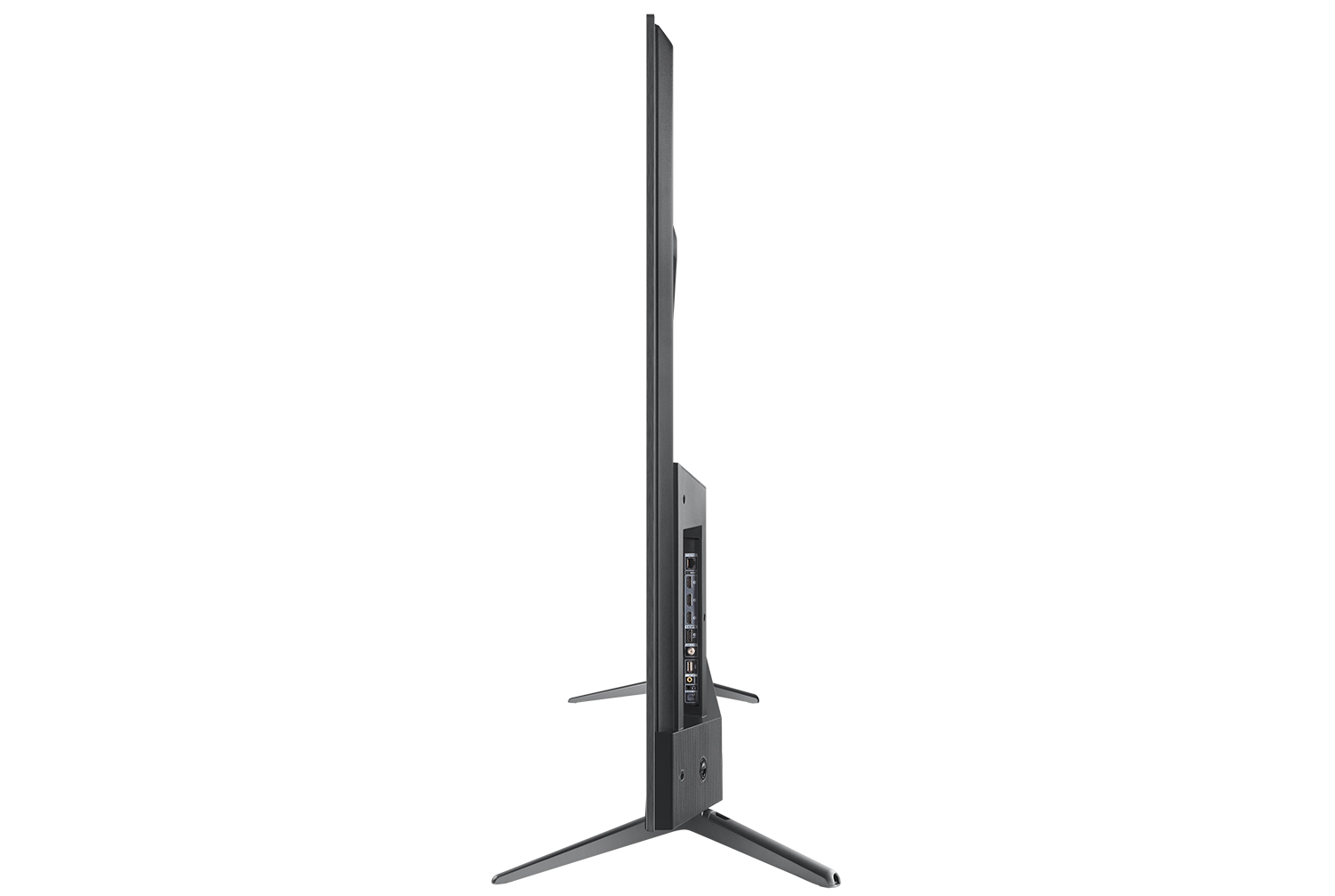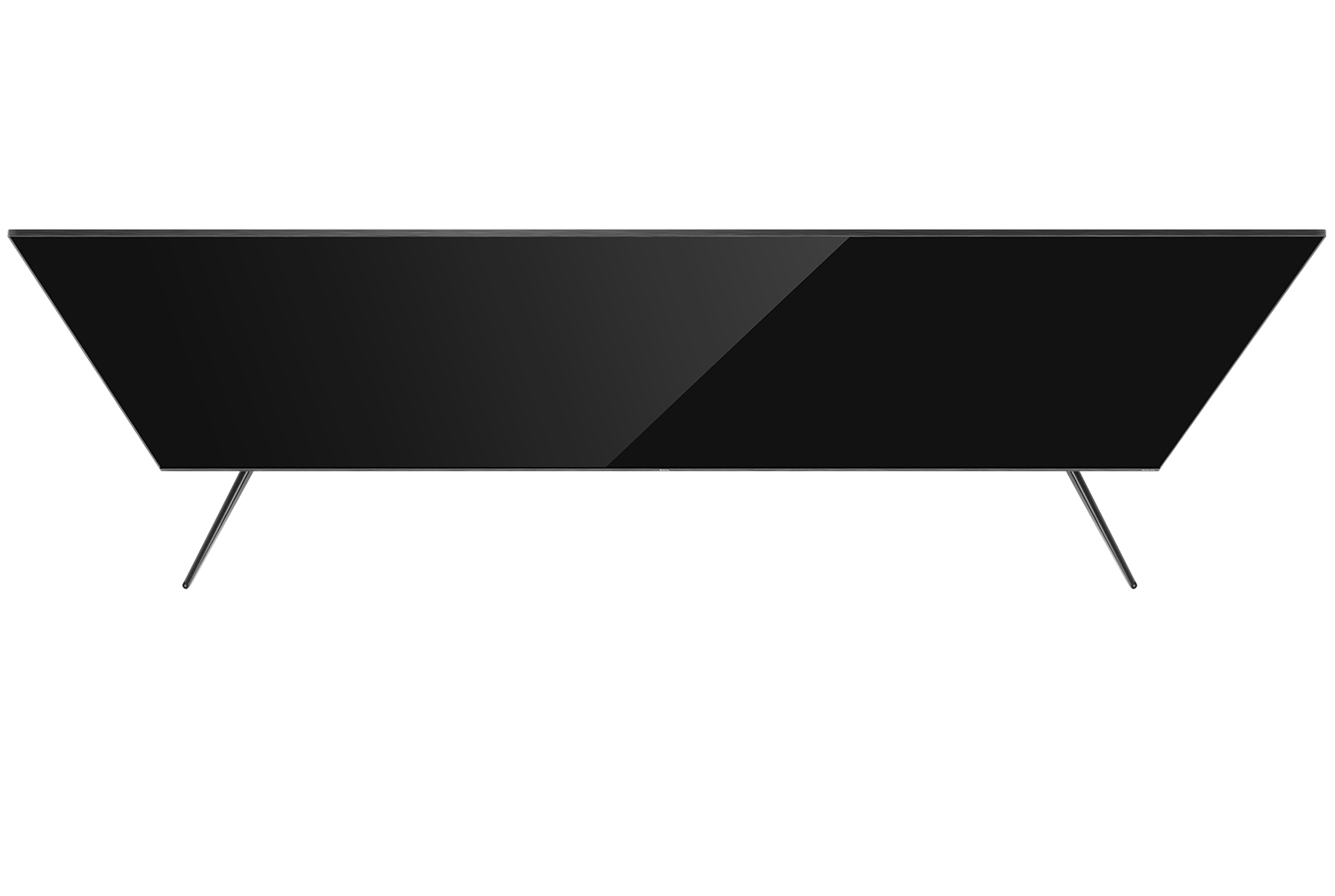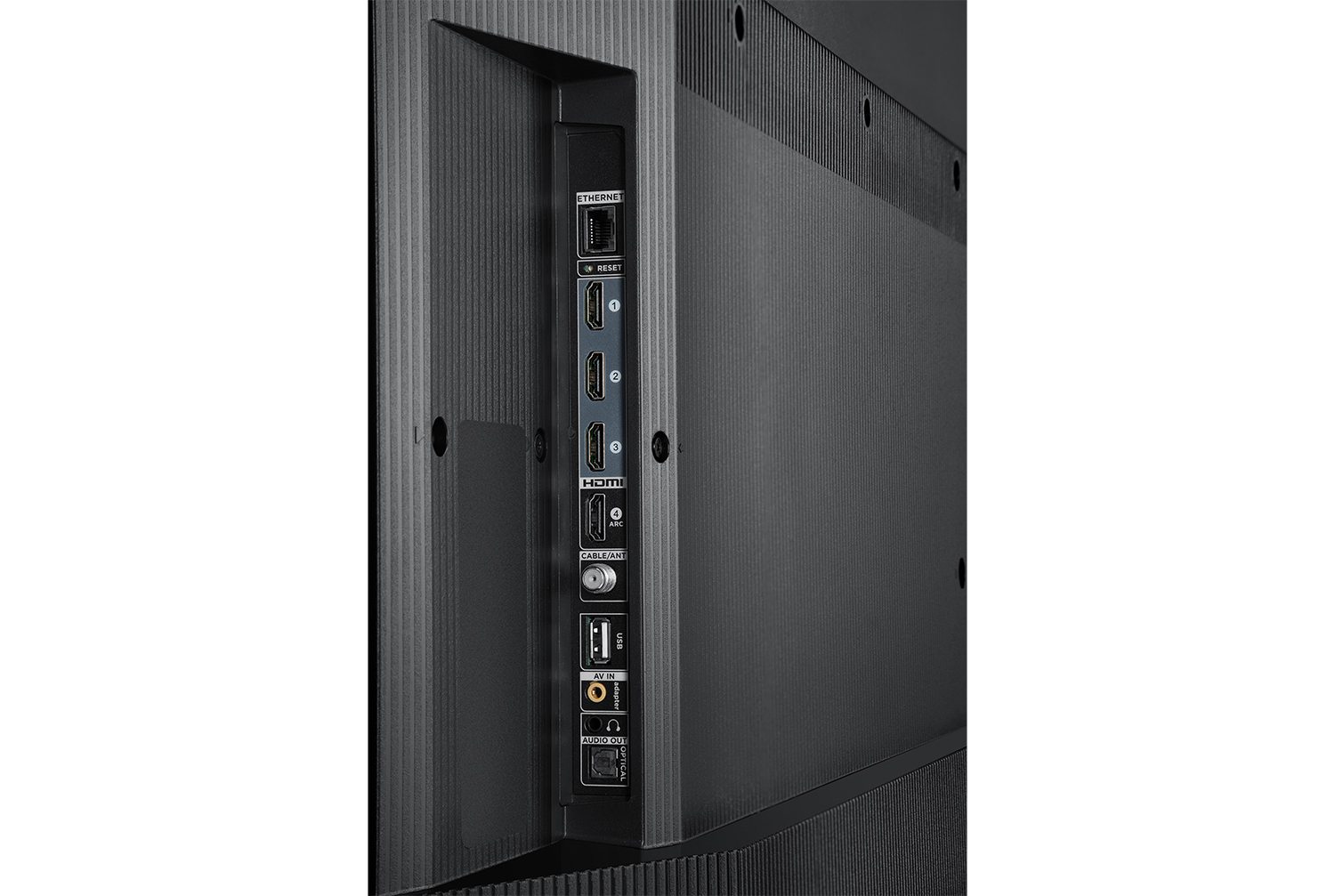TCL has upped its game yet again by adding considerable bumps in technology to its Roku-powered 5- and 6-Series televisions, all while keeping the prices approachable. Both television lines see noticeable improvements across the board, with the 5-Series seeing a jump in color accuracy and contrast thanks to the addition of QLED, and the 6-Series also getting a considerable boost to its picture quality via mini-LED technology, along with some serious gaming chops.
Both feature Dolby Vision, HDR10, and HLG support, as well as updated cosmetics including new stands and a thin bezel.
TCL also teased its forthcoming 8-series TVs, due later this year, likely not coincidentally timed to arrive along with next-gen gaming consoles, the Xbox Series X and Playstation 5. More on this at the end of the post.
TCL 2020 6-Series

The 6-Series is TCL’s flagship 4K television line and the recipient of some serious performance upgrades over its predecessor. The line already uses Quantum Dot (QLED) technology, but the latest iteration adds to it thousands of “micrometer-class” mini-LED backlights for the first time. Mini-LED technology is what put TCL’s 8-series TVs on the map last year and is responsible for some top-tier contrast reproduction.
The mini-LED system in the 2020 6-Series utilizes 240 “Contrast Control” local dimming zones that the company promises will allow the television to bring the deep blacks that are so often sought after in high-end televisions. The company has also adopted a stance that might be familiar to you if you’ve been paying attention to Sony, saying it believes that the number of local dimming zones in a television isn’t as important as how well they are utilized.
To go along with those high-end picture offerings, TCL has given the 6-Series line compatibility with both Dolby Atmos and Dolby Vision. The former is used to add immersive surround sound, a feature we do not typically expect from modern flatscreen televisions that generally do not have the physical space required for high-fidelity audio solutions, while the latter dramatically expands the color and contrast range thanks to dynamic metadata provided by Dolby for select content and optimized for the viewing experience.
TCL has dramatically improved the 6-Series for gamers by not only adding HDMI 2.1 features like variable refresh rate and auto low latency in what TCL calls “Auto Game Mode,” but also partnered with THX to certify the TVs for the needs of gaming. We’ve gone into great detail about what that partnership means for TCL, but suffice it to say that the company seems to be putting a healthy emphasis on gaming that should liven up the conversation around which television is best for the next generation of consoles. What TCL doesn’t publish are input lag or response times, so we will have to wait until we evaluate them to determine their viability for competitive gaming.
The TCL 6-Series is available in limited quantities immediately (with more coming later this year) in 55-inch, 65-inch, and 75-inch size options for $650, $900, and $1,400 respectively.
TCL 2020 5-Series

TCL’s 5-Series 4K televisions will make the jump to what was previously only 6-Series territory with QLED color technology. QLED is considered to be the best LED TVtTV for top-tier color reproduction and contrast, and TCL’s decision to offer it in what has largely been the company’s more affordable line should put its competitors on notice.
The 5-Series will also use the same “Contrast Control Zone” technology found in the 6-Series, albeit with fewer zones to allow for more affordable price points. The 5-Series features 80 local dimming zones, which power what TCL calls its TV’s “luminance engine” to provide even greater contrast reproduction for darker blacks and brighter highlights than in its previous models.
The 5-Series will support Dolby Vision and HDR Pro Pack, as well as feature the same auto low latency “Auto Game Mode” found in the 6-Series. TCL did not specify if the 5-Series would include variable refresh rate, which is promised in the 6-Series. Also like with the 6-Series, TCL did not include specifications for input lag or response time. Though it is probably best to go with the THX-certified 6-Series line over the more affordable 5-Series if you’re buying a television specifically for gaming from TCL, the 5-Series still looks to have many gamer-centric features.
The 5-Series also receives cosmetic upgrades, including a thin-bezel design and feet that hide the TV’s cable management system. Gone is the round Roku logo in the lower right, replaced instead with a much more understated logo and an overall thinner, sleeker base.
TCL’s 5-Series is priced remarkably low for this spec list and is available immediately, with the 50-inch, 55-inch, 65-inch, and 75-inch screens coming in at $400, $450, $630, and $1,100 respectively. Just over $1,000 for a 75-inch television powered by Roku and featuring QLED technology is impressive, and we expect it to continue the company’s tradition of low prices and high performance.
As teased earlier, TCL has indicated it intends to introduce it’s 8-series line later this year. The 8-series will be an 8K TV this year, blessed with mini-LED tech, but possibly also in a new form TCL called Vidrian earlier this year at CES, wherein pixels are embedded in a sheet of glass, reducing a few panel layers.
Should the 8-series make it’s debut as anticipated, it could be one of the most groundbreaking TVs we see in 2020. It will also likely be the most expensive TCL TV ever offered in the U.S., though we expect it to undercut Samsung, LG, and Sony by a fair margin.
